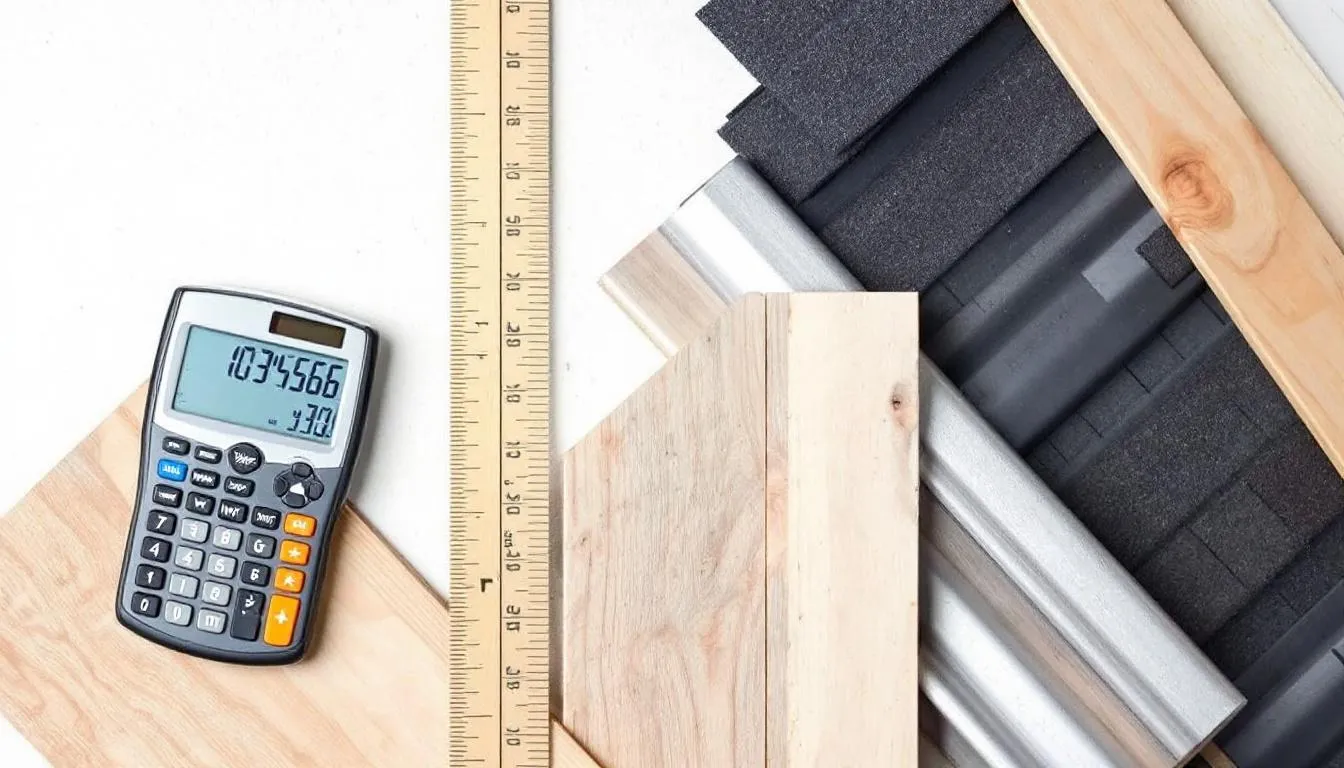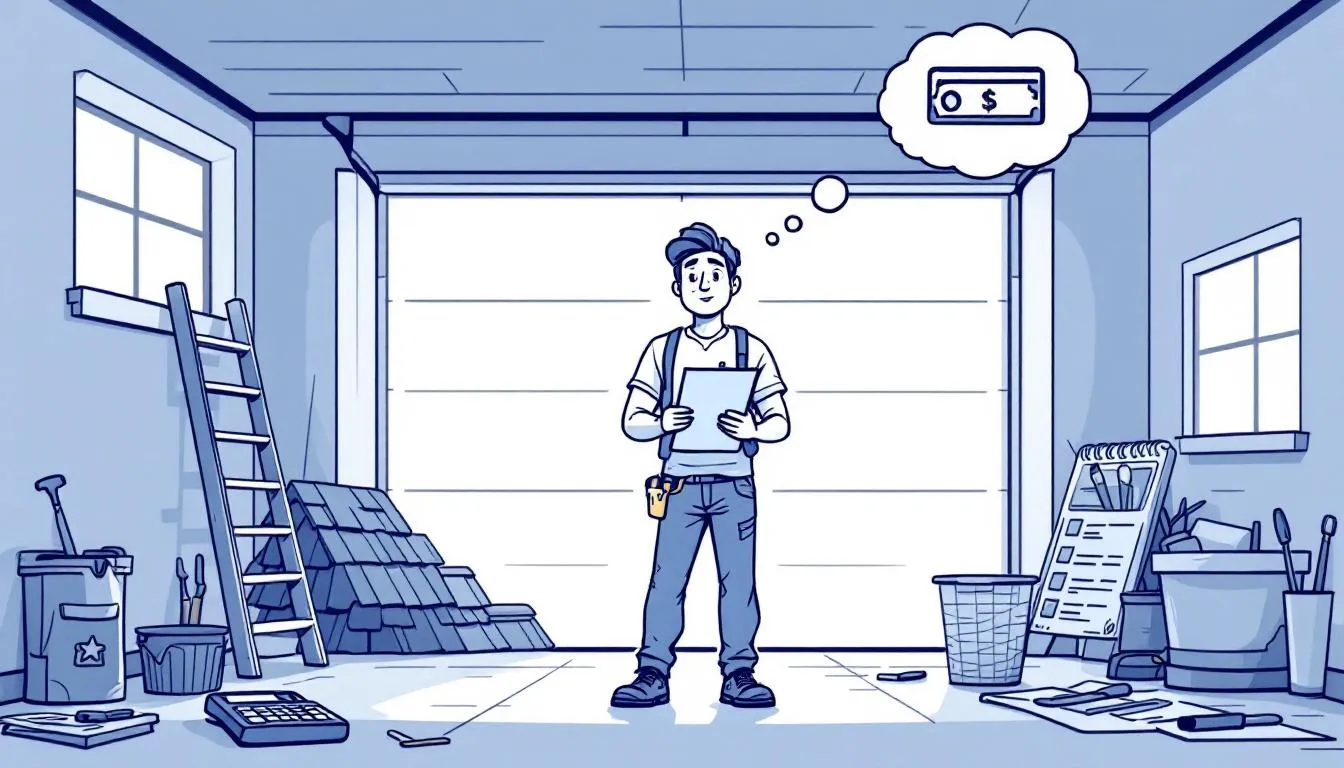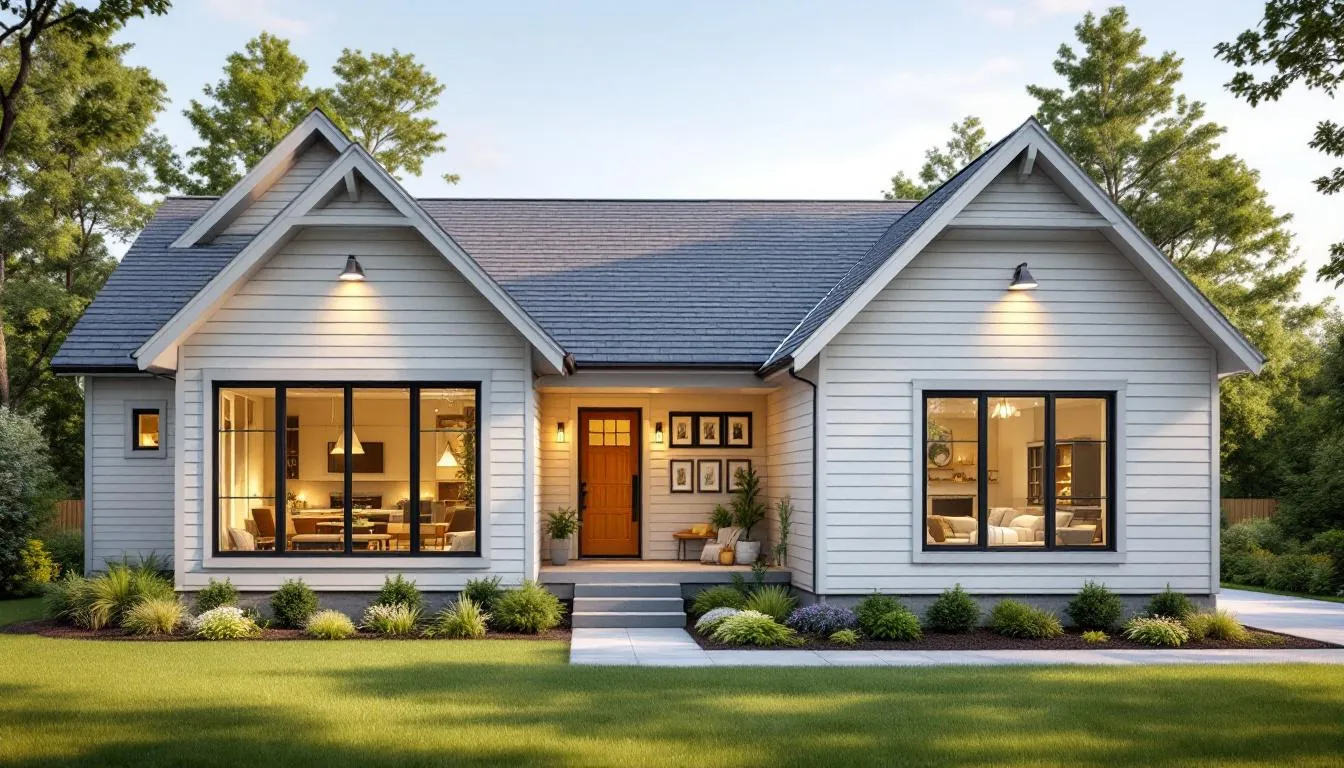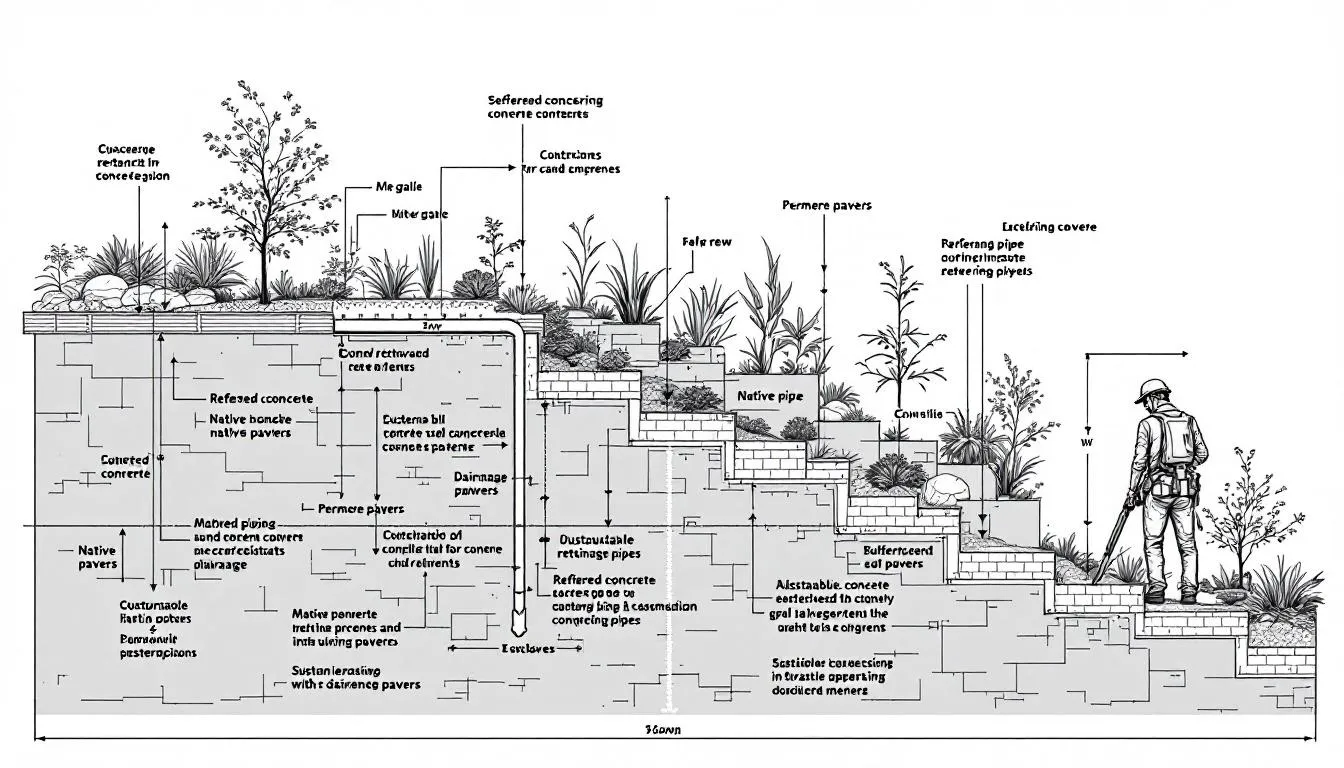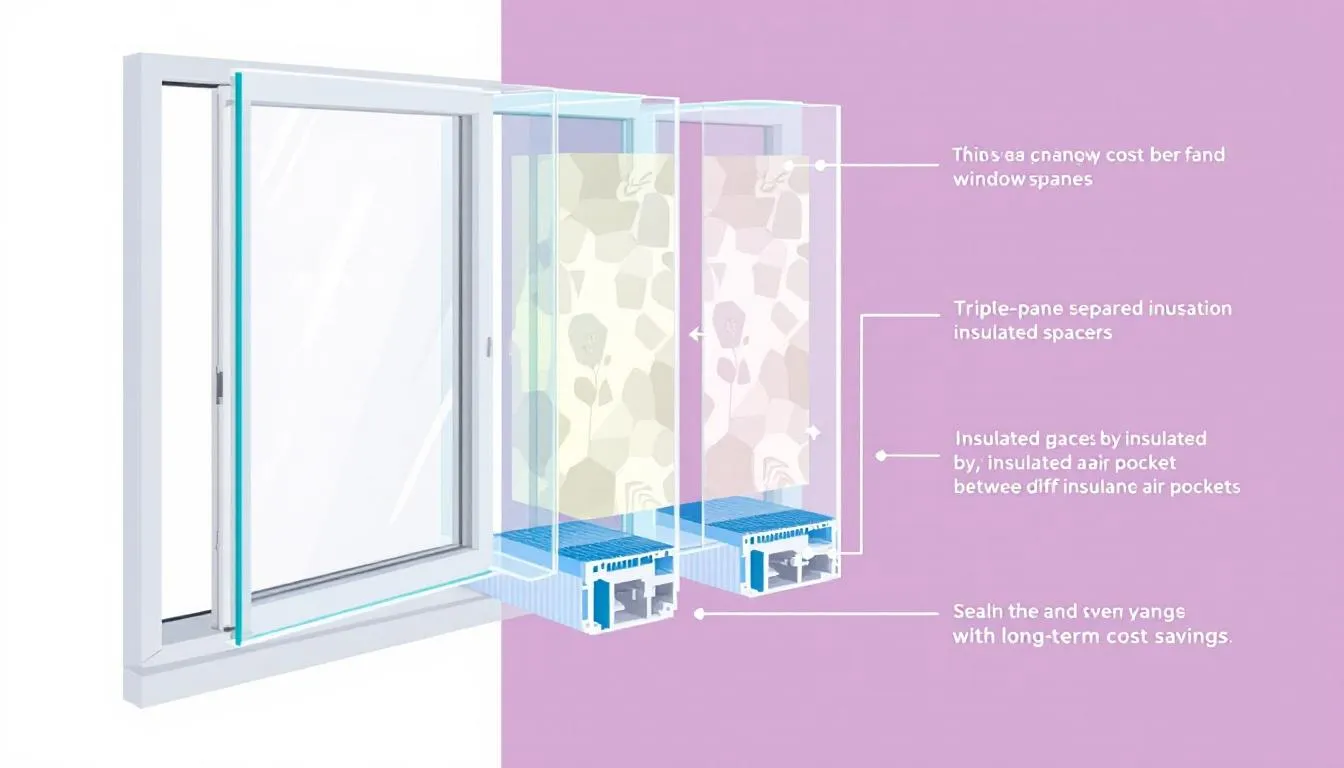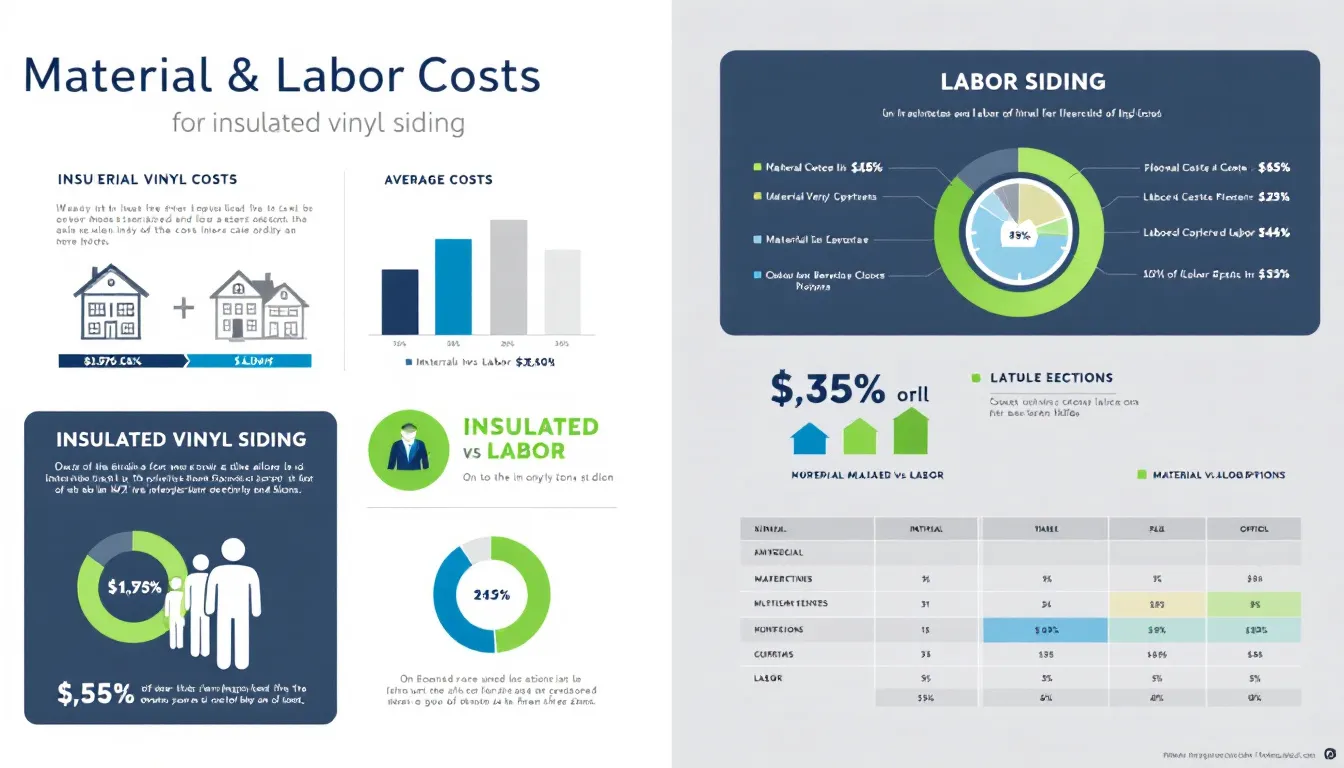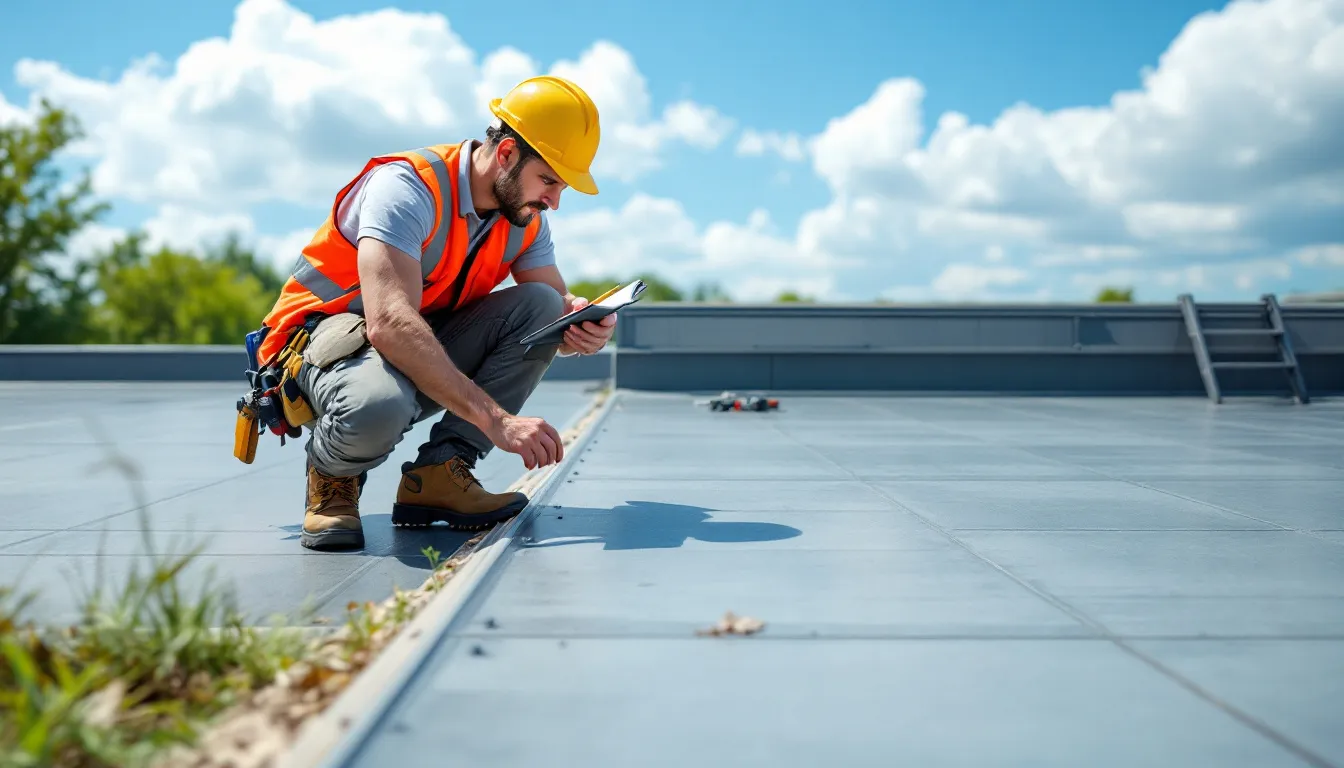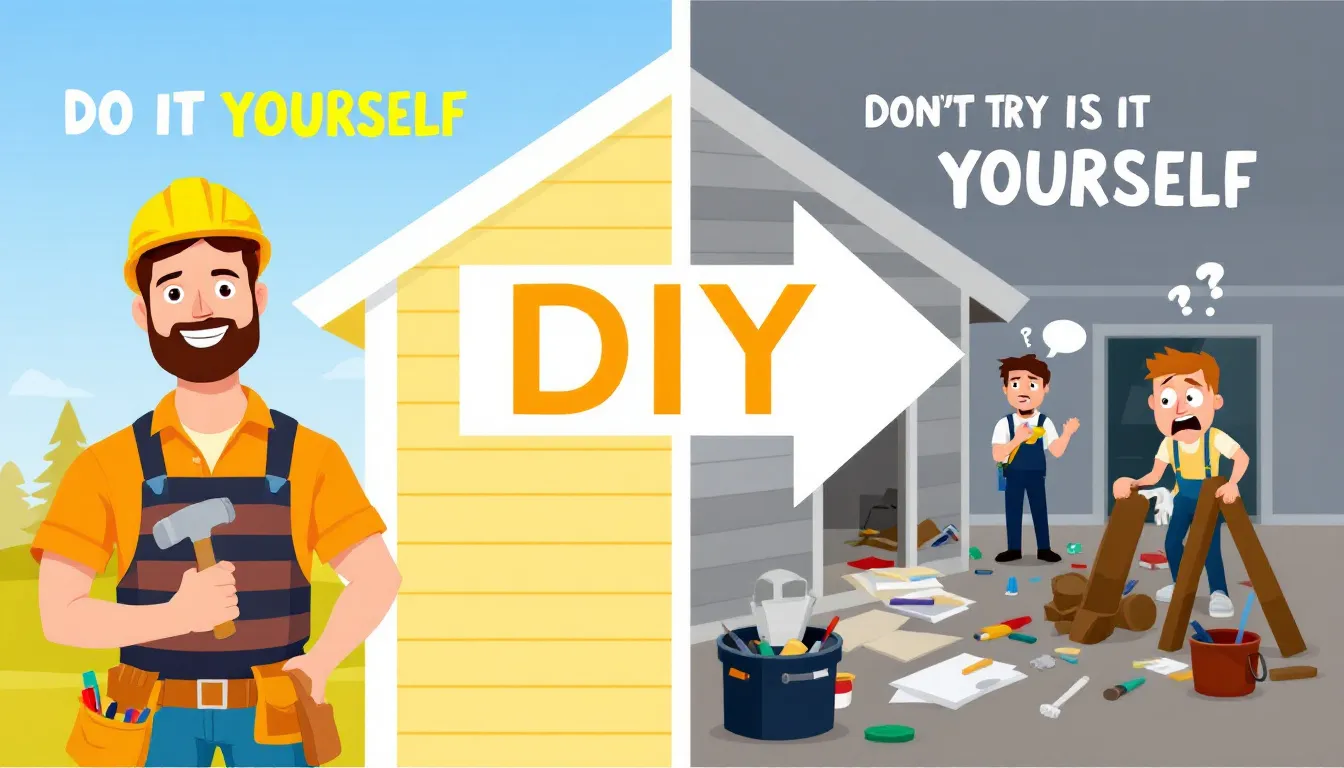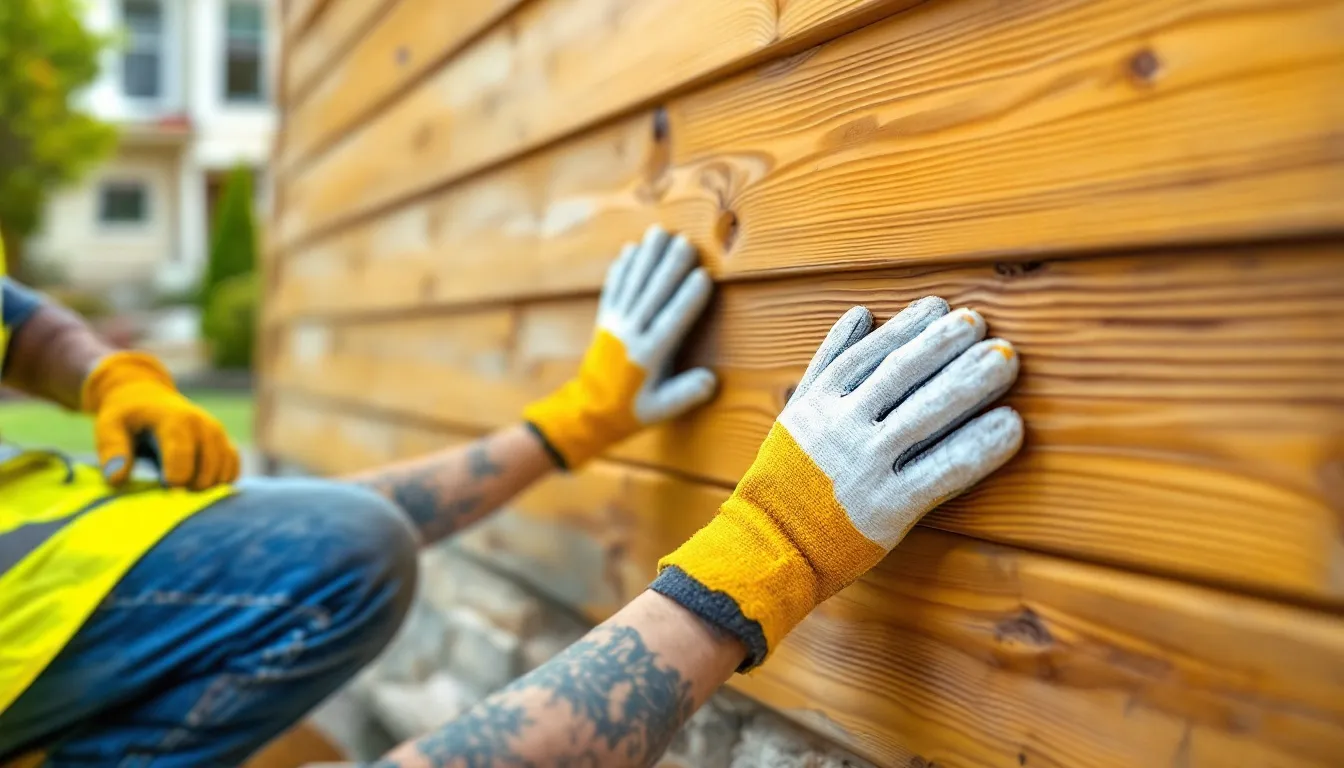Choosing the Best Siding Material for Your Home: A Complete Guide
Choosing the best siding material for your home: a complete guide is essential for long-term protection, aesthetics, and energy efficiency. In this complete guide, we’ll break down the pros and cons of popular siding options like vinyl, wood, and fiber cement. You’ll discover what factors to consider, from climate and budget to maintenance requirements, helping you make an informed, confident decision.
Key Takeaways
- Choosing the right siding material is essential for protecting a home from the elements, enhancing energy efficiency, and improving curb appeal.
- Homeowners should consider key factors such as climate, budget, maintenance needs, and aesthetic preferences when selecting siding materials.
- Engaging with expert contractors and comparing reputable brands can help ensure quality installation and longevity of the chosen siding.
Understanding the Importance of Siding Material

Siding plays a crucial role in enhancing the appearance of your home and protecting it from nature’s harsh elements. Acting as the primary barrier against adverse weather conditions, siding shields your home from rain, wind, and other environmental factors.
Choosing the appropriate siding material ensures:
- Years of protection
- Better insulation
- Reduced energy costs
- Enhanced curb appeal
When choosing a siding material, homeowners should consider factors such as climate, budget, maintenance requirements, and aesthetic preferences. The right choice can lead to long-term benefits, including enhanced durability and reduced upkeep.
Overview of Popular Siding Materials

There is a wide array of siding styles and materials available on the market today, each with its own set of advantages and drawbacks. From traditional wood siding and budget-friendly vinyl siding to durable fiber cement and modern metal options, homeowners have many choices. Additionally, elegant stone veneer and timeless brick siding provide unique aesthetic appeal.
Understanding the characteristics of these materials can help you select the one that best suits your needs.
Vinyl Siding: Affordable and Versatile
Vinyl siding is one of the most affordable and versatile options available, making it a popular choice among homeowners. It is easy to install, which can save on labor costs and time during the installation process. Available in a wide variety of styles and colors, including wood-grain lap siding and wood shingles, vinyl siding can mimic the look of more expensive materials.
However, it is susceptible to damage from impacts and may fade over time.
Wood Siding: Classic Appeal with Maintenance Needs
Wood siding offers a natural wood siding appeal that enhances the classic look of homes. Common types of wood used for siding include cedar, pine, fir, and cypress, with cedar being particularly prized for its aesthetic appeal.
While wood siding can significantly boost home value and is environmentally friendly, it requires regular maintenance, such as annual inspections and refinishing every 4-6 years, to prevent issues like rot and insect damage.
Fiber Cement Siding: Durability and Style
Fiber cement siding is gaining popularity due to its exceptional durability and ability to withstand harsh weather conditions. Made from a blend of Portland cement, sand, cellulose fibers, and water, it offers resistance to pests, impact, and fire, making it a safer choice compared to treated real wood. James Hardie is a leading brand in this category, known for its durable and aesthetically versatile products that mimic natural wood, especially when considering installing fiber cement siding.
Available in numerous styles like lap, shake, and plank, fiber cement siding or vinyl or fiber cement caters to various aesthetic preferences. With a wide range of color options, including up to 700 from James Hardie, homeowners can customize their siding to match their taste.
Its durability and low maintenance requirements make it a smart investment for long-term home protection.
Metal Siding: Modern and Durable
Metal siding offers a modern and durable solution for homeowners. Options include both aluminum and steel siding, each with unique benefits. Aluminum siding is lightweight, weather-resistant, rot and pest-proof, recyclable, and easy to install.
On the other hand, steel siding is highly durable, does not crack, melt, or absorb moisture, and is treated with a zinc coating to prevent rusting. These attributes make metal siding a reliable choice for long-term durability.
Stone Veneer Siding: Elegant and Durable Alternative
Stone veneer siding is a popular choice for homeowners seeking the elegant appearance of natural stone without the high cost. Made from Portland cement, aggregates, and pigments, stone veneer effectively imitates the textures and colors of natural stone.
It is a cost-effective solution that provides durability and aesthetic appeal, with a generally straightforward installation process suitable for both DIY projects and professional applications.
Brick Siding: Timeless and Sturdy
Brick siding is renowned for its exceptional durability and timeless appeal. While it can be more costly and typically requires professional installation, the classic look of brick siding adds significant curb appeal to any home.
Its long-lasting protection against the elements makes it a worthwhile investment for homeowners seeking both beauty and resilience.

Selecting the right siding involves more than just aesthetics; homeowners must consider several key factors to ensure they make the best choice. These include climate and weather conditions, budget constraints, aesthetic preferences, energy efficiency, and maintenance requirements.
Evaluating these aspects will help homeowners find the perfect siding material for their specific needs.
Climate and Weather Conditions
Climate and weather conditions play a crucial role in determining the most suitable siding material for your home. Vinyl siding is highly resistant to extreme weather, making it suitable for various climates. Fiber cement siding offers excellent durability against pests and impact, making it ideal for areas prone to hailstorms.
In contrast, wood siding should be avoided in wet climates due to its susceptibility to moisture damage. Choosing the right siding material based on local climate conditions ensures long-lasting performance and aesthetic appeal.
Budget Constraints and Long-Term Costs
Budget constraints and long-term costs are significant considerations when selecting siding materials. Vinyl siding is one of the least expensive options and is easy to install, making it a budget-friendly choice. However, more durable materials like fiber cement siding, which can last 50 years or longer when professionally installed, might offer better long-term value despite higher initial costs.
Homeowners should balance initial expenses with potential long-term savings from reduced maintenance and repair costs.
Aesthetic Preferences and Home Style
Aesthetic preferences and home style are crucial when choosing siding. The right siding material should complement your home’s architectural style and enhance its curb appeal. For instance, wood siding offers a natural beauty that can match various traditional home styles, while fiber cement and metal siding can provide a modern look.
Selecting siding that enhances the exterior of your home can significantly increase its overall value.
Energy Efficiency and Insulation
Energy efficiency and insulation are vital considerations in siding choice. Insulated vinyl siding, for example, significantly reduces heating and cooling costs by improving energy efficiency. A higher R-value rating, which measures the material’s resistance to heat flow, indicates better energy efficiency.
Choosing siding with good insulation properties can lead to reduced energy consumption and lower utility bills.
Maintenance Requirements
Maintenance requirements vary significantly among siding materials. Vinyl and fiber cement siding are known for their low maintenance needs, requiring routine cleaning and minimal upkeep. In contrast, cedar siding demands regular treatment and care, while wood siding often needs repainting or staining every two years to prevent pest damage and rot.
Selecting a siding material with manageable maintenance requirements can save homeowners time and money in the long run.
Siding Installation Considerations

The installation process is a critical aspect of any siding project. Some materials, like vinyl siding, are easier to install for DIY enthusiasts, while others, such as fiber cement and brick, require more complex techniques and professional expertise. Proper installation ensures the siding’s longevity and performance, making it essential to consider the installation process when selecting siding materials.
Ease of Installation
Ease of installation can significantly impact the overall cost and timeline of a siding project. Vinyl siding is recognized for its straightforward installation process, making it a popular choice among DIY homeowners. Fiber cement siding, on the other hand, requires more skill and is generally not suitable for DIY installation. Brick siding is one of the least easy materials to install, necessitating skilled professionals for proper installation.
Choosing a material that aligns with your installation capabilities is crucial for a successful project.
Hiring a Professional Contractor
Hiring a professional contractor can significantly improve the quality of your siding installation. Experienced contractors bring expertise and may offer warranties that protect your investment.
It’s essential to thoroughly vet contractors to ensure they provide a warranty on the materials used. This not only enhances the installation quality but also offers peace of mind knowing that your siding project is in capable hands.
Comparing Siding Brands and Products

Comparing siding brands and products is essential to find the best option for your home. Prominent manufacturers like CertainTeed, James Hardie, and LP Smartside are known for their quality and diverse selections.
Evaluating product warranties and customer satisfaction can help homeowners make an informed decision, ensuring they choose siding that meets their needs and expectations.
Top Siding Manufacturers
CertainTeed, James Hardie, and LP Smartside are among the top siding manufacturers, each offering unique benefits. CertainTeed provides a wide range of vinyl siding options, including eco-friendly varieties made from recycled materials.
James Hardie siding is renowned for its durable fiber cement products and offers a non-prorated 30-year warranty. LP SmartSide offers engineered wood siding with a 50-year warranty that starts fully covering defects but decreases after the fifth year.
Choosing a reputable brand ensures quality and customer satisfaction.
Product Warranties and Guarantees
Understanding product warranties is crucial when selecting siding materials. Warranties provide assurance against defects and ensure the longevity of the product. Homeowners should check warranties on top choices before deciding, ensuring they get the best protection for their investment.
Asking specific questions about warranties and installation processes during consultations can provide clarity and confidence in the decision-making process.
Making the Final Decision
Making the final decision on siding material involves careful consideration of several key factors. Homeowners should weigh aspects such as climate, budget, and long-term maintenance to ensure they select the best option for their home.
Referencing your home’s architecture and working with trusted brands can lead to better protection, aesthetics, and overall value. By considering these elements, you can make an informed decision that will provide lasting benefits for your home.
Consulting with Experts
Consulting with experts is a crucial step in choosing the right siding material. Professional contractors and siding specialists can offer valuable insights and help you navigate the complexities of siding options and installation requirements. They can discuss various materials, their pros and cons, and help you make a well-informed decision that aligns with your needs and preferences.
Engaging with experts ensures you select the best siding material for your home, providing peace of mind and confidence in your investment.
Summary
Choosing the best siding material for your home is a multifaceted decision that requires careful consideration of various factors. From understanding the importance of siding in protecting and beautifying your home to evaluating popular materials like vinyl, wood, fiber cement, metal, stone veneer, and brick, this guide has covered the essential aspects to help you make an informed choice. Each material offers unique benefits and drawbacks, making it crucial to consider factors such as climate, budget, aesthetic preferences, energy efficiency, and maintenance requirements.
In the end, making the right decision involves consulting with experts, comparing top brands, and understanding product warranties. By considering all these elements and referencing your home’s architecture, you can choose the perfect siding material that will not only enhance the exterior of your home but also provide long-lasting protection and value. Take the time to evaluate your options carefully, and you’ll be rewarded with a beautiful and durable home exterior that stands the test of time.
